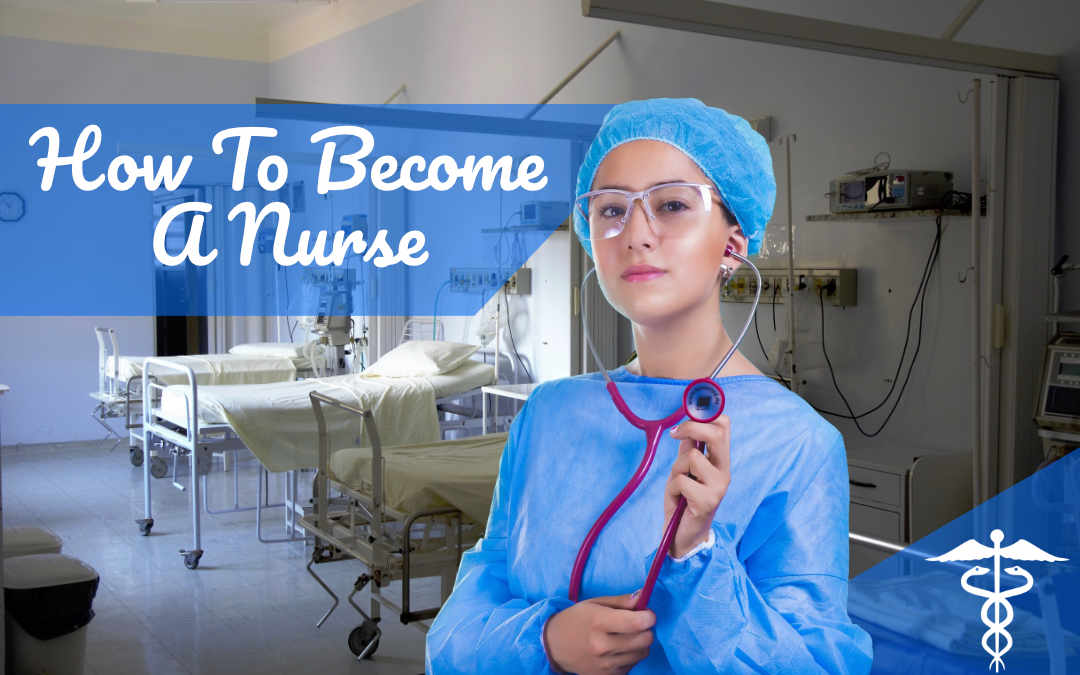Medical Assistant Programs: Launch Your Healthcare Career
Want a fast, rewarding entry into healthcare? Medical assistant programs teach both clinical procedures and office skills—preparing you for roles in clinics, hospitals, and specialty practices. Learn about program types, timelines, costs, accreditation, hands-on externships, and job prospects to choose the right path and start a meaningful healthcare career.

Medical Assistant Programs: Launch Your Healthcare Career
Medical assistants are essential members of healthcare teams, combining patient care with administrative duties to help clinics and hospitals run efficiently. Training programs are designed to give students practical clinical techniques, administrative know-how, and real-world experience so graduates can confidently support providers and patients across diverse care settings.
What you’ll learn in a medical assistant program
Quality programs mix medical science, clinical skills, and office management. Coursework typically covers anatomy and physiology, medical terminology, basic pharmacology, and clinical procedures such as taking vital signs, drawing blood (venipuncture), administering injections where regulations permit, and assisting with minor treatments. Administrative training often includes medical office workflows, appointment scheduling, insurance basics, billing and coding fundamentals, and using electronic health records (EHR) systems.
Equally important are communication and safety skills. Programs emphasize patient interaction, infection control, and legal and ethical issues in healthcare practice. Together, these subjects prepare graduates to handle front-desk responsibilities and direct patient care duties with professionalism.
Clinical practice and real-world experience
Hands-on practice is a cornerstone of reputable medical assisting education. Laboratory labs and simulated clinical scenarios let students practice procedures under supervision before working with live patients. Many programs require an externship or clinical rotation that places students in physician offices, outpatient clinics, hospitals, or specialty practices where they gain supervised experience. These placements develop competence, expose students to workplace routines, and often provide networking opportunities that can lead to job referrals.
Program formats and timelines
How long training takes depends on the credential and the delivery model. Certificate or diploma programs are the fastest routes into the field—many finish within 9 to 12 months and appeal to those eager to start working quickly. Associate degree programs offer a broader general education alongside medical assisting courses and usually take about two years to complete.
Institutions frequently offer flexible schedules: part-time enrollment, evening and weekend classes, accelerated tracks, and hybrid formats that deliver theory online while requiring in-person labs and clinical placements. If you opt for an online-heavy program, verify how the school arranges hands-on clinical requirements and where labs and externships will be completed.
Estimated costs and budgeting
Tuition and fees vary by program type and school. The table below provides a general cost estimate to help with planning.
| Program Type | Institution Type | Estimated Cost Range |
|---|---|---|
| Certificate | Community College | $2,500 - $10,000 |
| Certificate | Vocational School | $6,000 - $15,000 |
| Associate Degree | Community College | $10,000 - $25,000 |
| Associate Degree | Private College | $20,000 - $40,000 |
Prices, rates, or cost estimates mentioned in this article are based on the latest available information but may change over time. Independent research is advised before making financial decisions.
Beyond tuition, factor in expenses such as uniforms and scrubs, textbooks and supplies, background checks, required vaccinations, CPR certification, and credentialing exam fees. Some programs bundle materials into tuition; others bill separately. Common funding sources include federal student aid, scholarships, employer tuition assistance, payment plans, and local workforce grants. Community colleges and public programs generally provide the most affordable options.
Accreditation, certification, and choosing the right program
Accreditation matters for education quality and career prospects. Look for programs accredited by recognized agencies such as the Commission on Accreditation of Allied Health Education Programs (CAAHEP) or the Accrediting Bureau of Health Education Schools (ABHES). Accreditation can affect eligibility for federal aid and may influence your ability to sit for certification exams.
When evaluating programs, confirm that the curriculum balances clinical and administrative topics and that supervised clinical hours or an externship are included. Strong lab facilities, simulation equipment, and partnerships with local healthcare providers are positive indicators. Review faculty qualifications and program outcomes—graduate placement rates and certification exam pass rates are useful measures of effectiveness.
If certification is important to you, check that the program prepares graduates to take exams like the Certified Medical Assistant (CMA) from the American Association of Medical Assistants (AAMA) or other certifications recognized by employers or state boards.
Job outlook and work environments
Employment prospects for medical assistants are favorable. Demand is expected to grow faster than average, fueled by an aging population, a focus on preventive care, and the expansion of outpatient services. Medical assistants work in a variety of settings: physician offices, hospitals, urgent care centers, outpatient clinics, and specialty practices such as pediatrics, cardiology, and orthopedics.
Positions can lean more toward administrative or clinical responsibilities, or a blend of both depending on the employer. The role is also an accessible stepping stone to further healthcare careers—graduates often move on to nursing, radiologic technology, or healthcare administration with additional education and training.
Next steps and career advancement
If this path appeals to you, start by researching accredited programs in your region or well-reviewed hybrid/online options. Attend information sessions, speak with admissions staff, and connect with alumni or current students to learn about their experiences. Completing a comprehensive program and earning certification when available will improve your job prospects.
With experience, you can pursue specializations like phlebotomy, surgical assisting, or medical billing, or advance into supervisory or managerial roles. Additional schooling opens doors to higher clinical positions such as registered nursing or allied health specialties.
This article is for informational purposes only and should not be considered medical advice. Please consult a qualified healthcare professional for personalized guidance and treatment.






